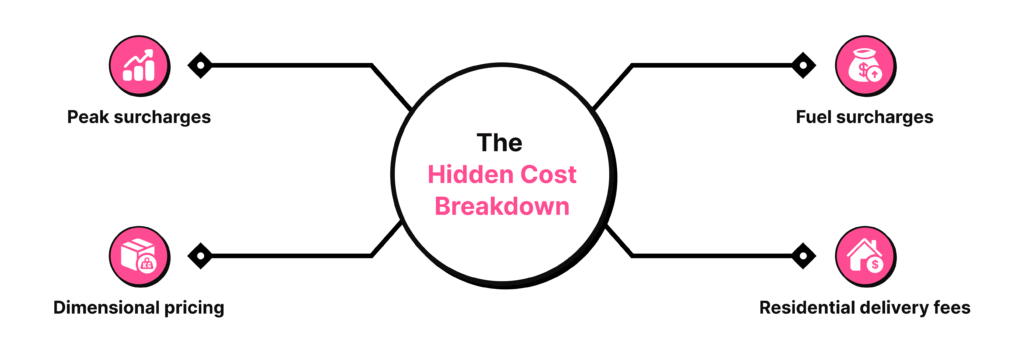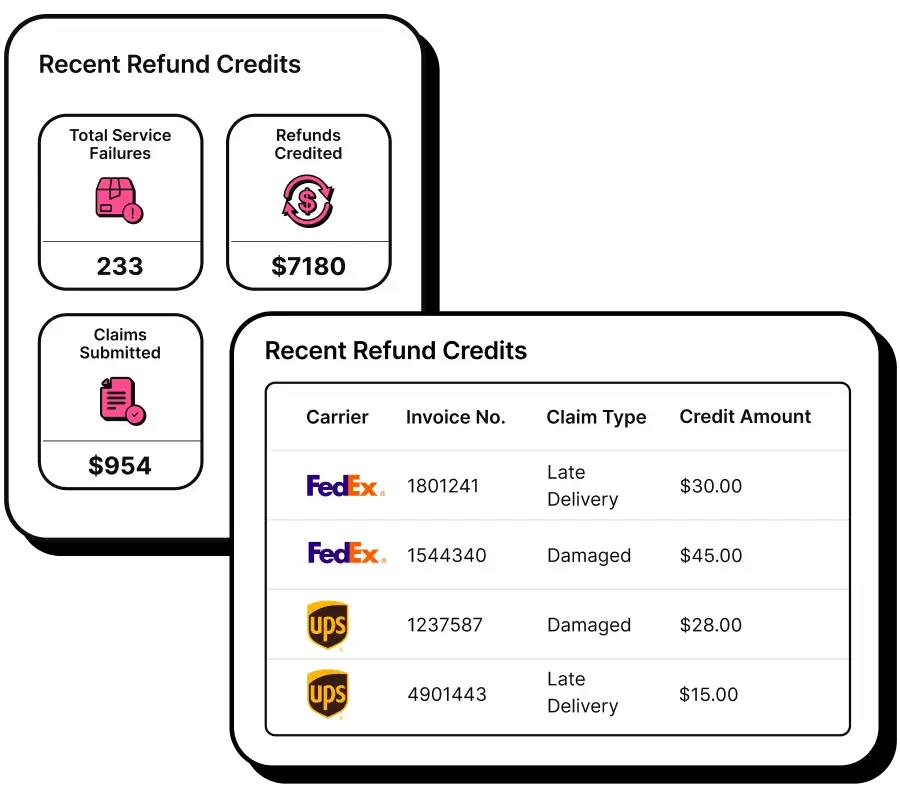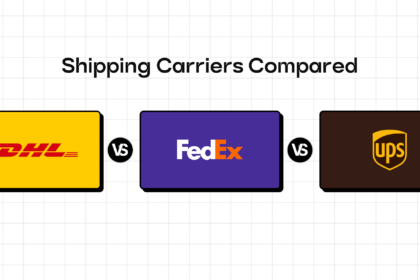Your shipping carrier just sent over a contract renewal. The rates look reasonable, the terms seem standard, and your account manager is pushing for a quick signature before the “promotional pricing expires.” Here’s what most ecommerce businesses don’t realize: almost everything in that contract is negotiable, and you’re likely seeing just one version of many possible pricing structures.
The Information Gap Most Businesses Face
Shipping carriers operate sophisticated pricing models with multiple rate structures for different customer segments. While this makes business sense from their perspective, it means you might not be seeing the most competitive options available. Contract terms that appear “standard” are often starting points in what could be a much more favorable negotiation.
The challenge is that most businesses focus primarily on base shipping rates – the most visible line item – while other cost drivers remain less obvious but equally impactful on your total shipping spend.
Here’s a critical oversight we see repeatedly: businesses unknowingly agreeing to waive money-back guarantees and guaranteed service refunds. When service issues occur, accepting account credits or percentage discounts instead of actual refunds can significantly impact your cash flow over time.
The Contract Complexity Challenge
Contract renewals often arrive during peak business periods when thorough review is most difficult. This timing isn’t necessarily intentional, but it does mean important terms get less attention than they deserve.
Shipping contracts contain dozens of pricing components beyond base rates. While you’re analyzing the obvious costs, other charges throughout the agreement can have substantial cumulative impact. The negotiation process is more collaborative than many businesses realize – persistence and preparation typically yield better results than accepting initial offers.

Understanding the Full Cost Structure
Let’s examine where shipping costs actually accumulate beyond the base rates you’re probably focused on.
- Peak surcharges during holiday seasons reflect genuine capacity constraints, but the pricing levels often include significant markup opportunities. Understanding these patterns helps you negotiate more favorable peak season terms.
- Dimensional pricing addresses the real cost of space utilization in shipping networks. However, the calculation factors and thresholds used can vary significantly between contracts. These elements are more flexible than they initially appear.
- Fuel surcharges follow industry formulas, but the specific calculations and adjustment frequencies can be negotiated. The mechanisms driving these charges are more customizable than standard contracts suggest.
- Residential delivery fees reflect legitimate operational differences, but the fee structures and thresholds can be adjusted based on your shipping patterns and volumes.
Terms That Appear Fixed But Aren't
Many contract provisions that seem non-negotiable actually offer significant flexibility.
- Base rate caps provide protection against future rate increases. While not always offered proactively, these protections are available and worth requesting, especially for longer-term agreements.
- Minimum revenue commitments can unlock better pricing tiers, but the commitment levels and penalty structures are often more flexible than initial presentations suggest. Understanding your growth trajectory helps optimize these arrangements.
- Termination provisions vary significantly between contracts. Exit terms, notice periods, and associated fees can all be negotiated to better align with your business needs.
- Geographic-based charges like DAS, EDAS, and RAS surcharges reflect real delivery cost differences, but the fee structures can be optimized based on your specific shipping destinations.
- Additional handling charges rely on package definitions that can be clarified and refined.
- Minimum charges for small packages can often be reduced or restructured.
The Renewal Process Reality
Auto-renewal clauses serve administrative efficiency for both parties, but they can limit your opportunity to reassess terms against changing market conditions. Rate increase notifications follow contractual requirements, but timing and communication methods can be negotiated for better visibility.
Contract timing often coincides with busy operational periods. Building renewal discussions into your annual planning helps ensure adequate review time.
“Loyalty pricing” programs aim to reward consistent volume, but it’s worth comparing these benefits against current market rates to ensure you’re receiving competitive value.
What Strengthens Your Negotiating Position
Carriers value customers who understand total cost of ownership rather than focusing solely on base rates. When you can demonstrate comprehensive cost analysis, negotiations become more productive for both parties.
Tracking surcharge patterns provides valuable operational insights beyond just cost management. Surcharge recovery isn’t just about getting refunds – it’s about building systematic processes that identify billing errors, improve operational efficiency, and provide data for better decision-making.
Surcharge trends often reveal operational opportunities – from checkout data improvements to packaging optimization and routing efficiency. Treating these charges as operational signals rather than just costs can improve your overall fulfillment performance.
LateShipment.com’s Parcel Audit automates the complex work of surcharge detection, refund recovery, and pattern analysis. This helps businesses convert potential hidden costs into opportunities for process improvement and cost optimization.

Multi-Carrier Strategy Benefits
Using multiple carriers strategically creates natural competitive leverage while reducing operational risk. LateShipment.com provides comprehensive visibility into true shipping costs across all your carrier relationships – not just the base rates that dominate most analyses.
The solution automatically audits invoices across multiple carriers, identifying surcharge patterns and recovering refunds for billing errors and service failures. This visibility enables better decision-making and more confident negotiations with all your shipping partners.
Detailed carrier performance reports break down delivery reliability, surcharge patterns, and service-level compliance across different regions.
Understanding which carriers and service types perform best in specific geographies enables smarter routing decisions and stronger negotiating positions.

Moving Forward Strategically
Every dollar optimized in shipping costs directly improves your bottom line margins. The key is understanding that information asymmetry between businesses and carriers is natural – carriers live in this space daily while most businesses touch contracts only during renewal periods.
The tools and data needed to bridge this knowledge gap are increasingly accessible. Rather than viewing shipping as a fixed cost category, consider it an area where strategic thinking and proper tools can create genuine competitive advantages.
Successful contract negotiations start with understanding your shipping patterns, analyzing total costs comprehensively, and approaching discussions with data rather than assumptions.
The goal isn’t confrontation – it’s achieving mutually beneficial agreements that reflect the true value exchange between your business and your shipping partners.












